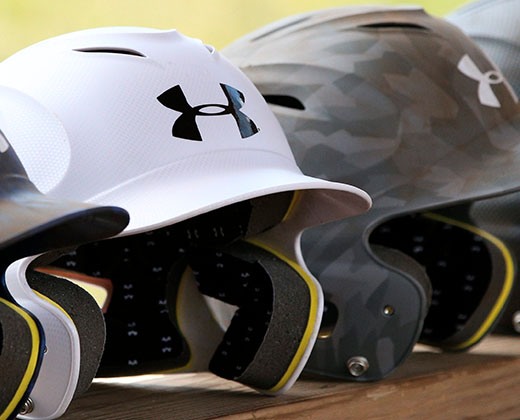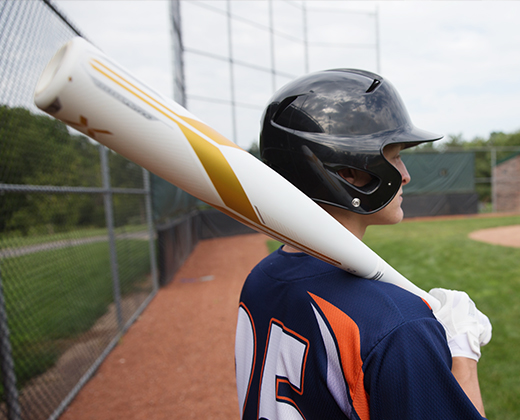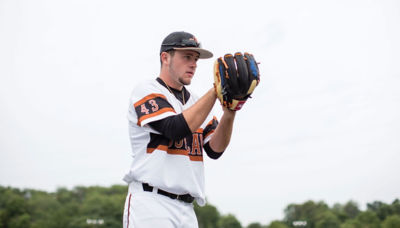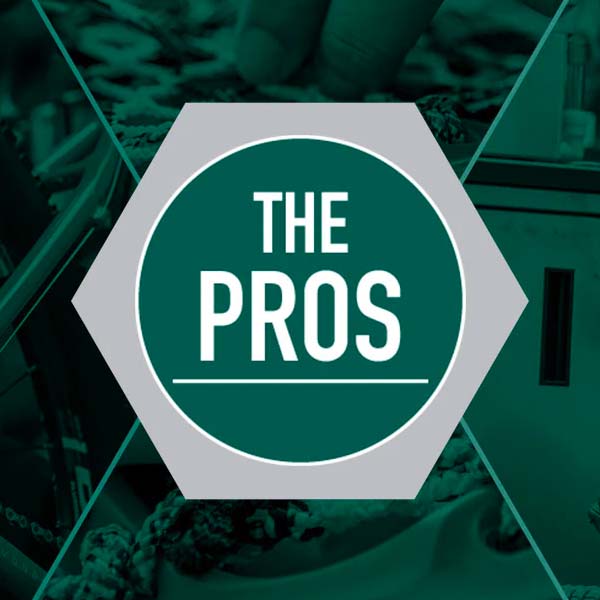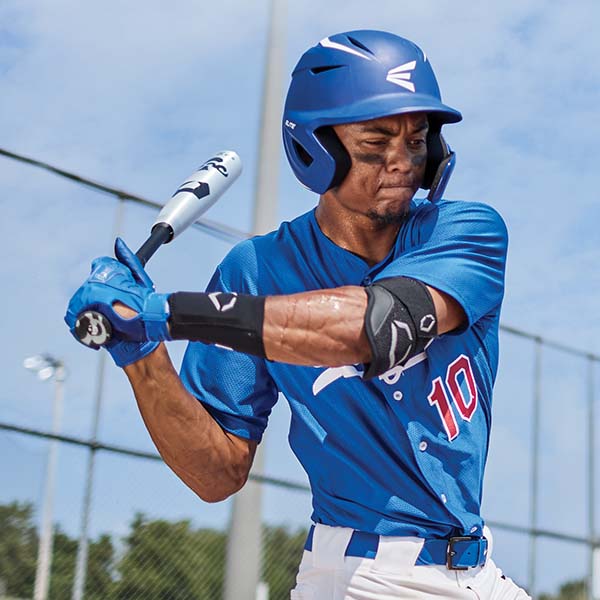How to Buy a Batting Helmet for Baseball Season
You want to make sure you’re well protected when at bat. It’s important to own a well-fitting, durable batting helmet so you only have to worry about one thing: making contact.
When you step into the batter’s box, the only thing that should be on your mind is knocking the ball out of the park. However, there are a number of elements that could shatter your confidence like wearing an ill-fitting batting helmet, for example. If that’s the case, then it’s likely you’re going to take your focus off the ball and worry more about your safety — especially if you’re facing a wild pitcher.
That’s why batting helmets are such an important piece of protective equipment. In fact, they are so important that they’re required to be worn in almost every baseball league across the county.
They’re also pretty versatile too. Obviously, their main job is to help protect the batter’s head from a wild pitch, but people forget that they also provide protection when standing in the on-deck circle, running the bases or sliding.
While it’s easy to see why batting helmets are so important, choosing one can be a much more difficult decision. We’re breaking down some of the features to look for and how to find the right size to sufficiently shield yourself.
FEATURES
Ear Guards
Unlike the majors, almost all baseball leagues from youth to the college-level require batters to wear helmets with flaps that cover both ears. This is to protect the player before, during and after they step up to the plate. While it can be a little hard to hear with both ears covered, it’s a small price to pay for maximum protection.
If you do happen to play in a league that doesn’t follow these sort of regulations and you want a “one flap” batting helmet, make sure to look for one with the flap over the ear that faces the pitcher.
Faceguards
Depending on the manufacturer, some batting helmets can support faceguards for additional safety. Despite this, most players decide to forgo masks since they can inhibit a substantial amount of a player’s vision when up at bat. If you buy a helmet and decide later down the line that you would like a faceguard, make sure to purchase one that’s built by the same manufacturer as your helmet so there’s no issue installing it later on.
Chin Straps
If you’re looking for even more added protection, a chin strap can be attached to your batting helmet.
Just like when buying a faceguard, you’ll want to purchase a chin strap that is made by the same manufacturer to ensure proper fit.
MAINTAINENCE
Batting helmets are designed to help protect a batter from pitches that can exceed 90 mph, so it’s only natural that overtime they will deteriorate. One of the biggest factors that causes deterioration is when a player throws it down in the dugout or onto the infield. To combat this, keep your helmet on a rack or on the bench until you’re on-deck.
You’ll also want to avoid leaving it out in the sun, which can cause the padding on the inside to harden and crack. Keep them inside whenever possible and make sure to inspect them before each use.
SIZING
In terms of sizing, batting helmets vary few and far between. Manufacturers can use different measurements, but are relatively around the same size. A good tip is to treat the process like you would when buying a hat. Find the measurement of the circumference of your head and correlate it to the closest size available, which can be found in the chart below.
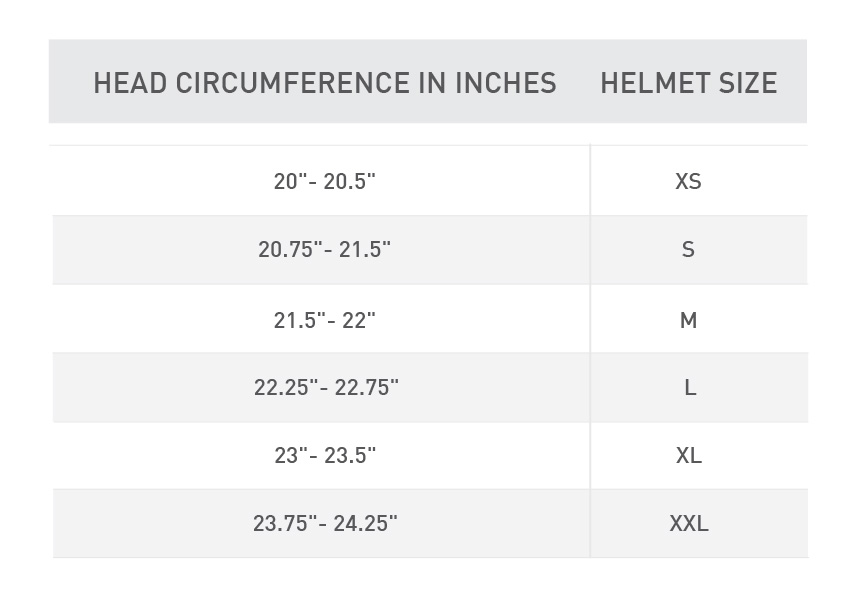
PROPER FIT
To help determine if your helmet fits right, you can use the shake test as a guide. Place the helmet on your head and give it a few good shakes. If it moves around too much, try going down a size or buy a padding kit so you can guarantee a more accurate fit.
You also want to make sure that your helmet sits about an inch above your eyebrow and that it fits evenly on your head. If it’s tilted up, you run the risk of taking a ball to the forehead when batting or running the bases. The same applies if the helmet tilts too far forward — the back of your head will be exposed, which could pose a risk. Use the graphic below as a guide to make sure your helmet fits right.
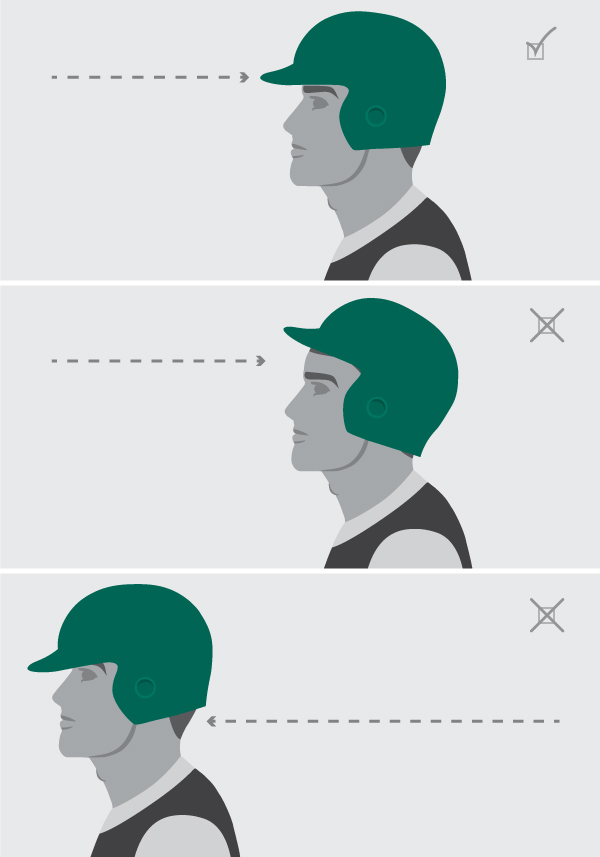
Make sure your batting helmet meets all relevant standards that have been adopted by your particular league
Remember that almost every single baseball organization and league requires batters to wear a helmet for one reason: protection. Baseball is fun, but it’s serious that you make sure all of the safety precautions are met before taking the plate. Batter up!


